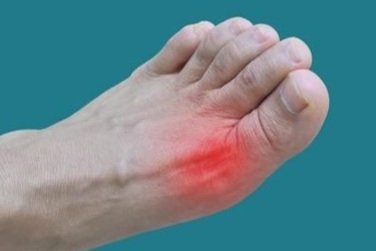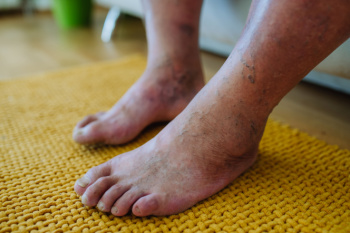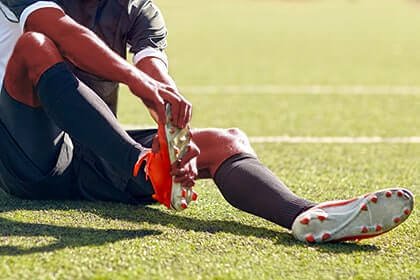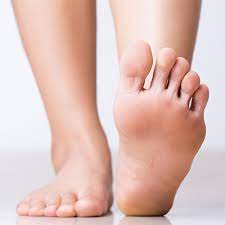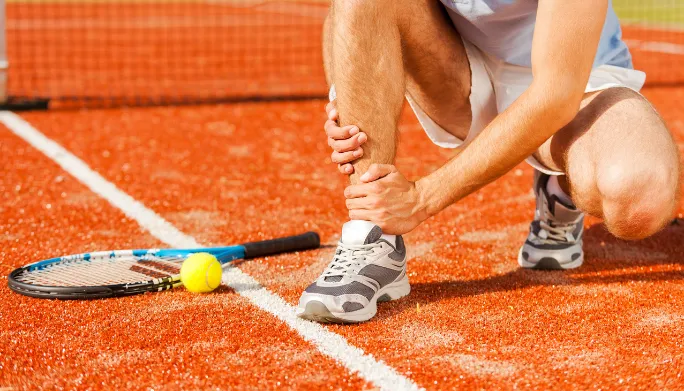What Causes Heel Pain?

Heel pain is one of the most common foot complaints, especially among adults. If you’ve ever stepped out of bed and felt a sharp, stabbing pain in your heel, you’re not alone. Many people experience heel pain that can range from mild discomfort to severe pain that affects daily activities.
But what causes heel pain? Let’s take a closer look at the most common reasons, how to spot the symptoms, and what you can do to feel better.
What Is Heel Pain?
Heel pain refers to discomfort or soreness at the back or bottom of your heel. The pain may come and go or stick around for weeks or even months. It can affect your ability to walk, run, or even stand for long periods.
Most of the time, heel pain isn’t due to an injury but rather due to stress or strain over time. Understanding the root cause is key to finding the right treatment.
Common Causes of Heel Pain
1. Plantar Fasciitis – The #1 Culprit
Plantar fasciitis is the most common cause of heel pain. It happens when the plantar fascia, a thick band of tissue that runs across the bottom of your foot, becomes irritated or inflamed.
Symptoms:
- Sharp pain in the bottom of your heel, especially in the morning.
- Pain after standing or sitting for long periods.
- Stiffness or burning sensation in the heel.
Who’s at Risk?
- Runners
- People with flat feet or high arches
- Those who stand or walk a lot at work
2. Heel Spurs
A heel spur is a bony growth that forms on the bottom of your heel bone. It often develops from long-term stress on the muscles and ligaments in the foot. Heel spurs themselves aren’t always painful, but when they are, they can feel like a pin sticking into your heel when you walk.
Causes:
- Wearing poor-fitting shoes
- Abnormal walking gait
- Running on hard surfaces
3. Achilles Tendinitis
This condition affects the Achilles tendon, the band that connects your calf muscle to your heel. Achilles tendinitis usually causes pain at the back of the heel, not the bottom.
Common Triggers:
- Overuse from running or sports
- Tight calf muscles
- Sudden increase in physical activity
Symptoms:
- Pain or swelling at the back of the heel
- Stiffness in the morning
- Pain that worsens with activity
4. Bursitis
Bursae are small, fluid-filled sacs that cushion your bones and tendons. When the bursa near your heel becomes inflamed, it’s called heel bursitis.
What it Feels Like:
- A dull ache in the back of the heel
- Swelling or redness
- Pain worsens when walking or standing
5. Stress Fractures
A stress fracture is a small crack in the heel bone caused by repetitive stress or overuse. It’s more common in athletes or people who suddenly increase their physical activity without proper preparation.
Signs of a Heel Stress Fracture:
- Deep, aching pain
- Pain that improves with rest
- Tenderness when touching the heel
6. Sever’s Disease (in Kids)
Sever’s disease is a common cause of heel pain in growing children, especially those who play sports. It happens when the growth plate in the heel becomes inflamed.
Seen in:
- Kids aged 8–14
- Young athletes in running or jumping sports
Symptoms:
- Pain at the back of the heel
- Limping or walking on toes
- Pain that worsens with activity
Other Possible Causes
- Obesity – Extra weight puts more pressure on your heel.
- Flat feet or high arches – These conditions cause uneven weight distribution.
- Improper footwear – Wearing shoes with little support can cause strain.
- Standing for long hours – Especially on hard surfaces like concrete.
When to See a Doctor
Heel pain that lasts more than a few weeks or gets worse over time should be evaluated by a doctor or podiatrist. You should also seek help if:
- You can’t walk without limping
- The heel is red or swollen
- You have numbness or tingling
Simple Remedies for Heel Pain
Here are some easy steps you can take at home to relieve heel pain:
1. Rest and Ice
Give your feet a break and apply an ice pack for 15–20 minutes several times a day to reduce inflammation.
2. Stretching Exercises
Stretch your calf muscles and plantar fascia daily to ease tension.
3. Proper Footwear
Wear supportive shoes with good arch support and cushioning. Avoid walking barefoot on hard surfaces.
4. Orthotic Inserts
Custom or over-the-counter orthotics can help redistribute pressure and relieve pain.
5. Physical Therapy
A physical therapist can guide you through exercises that strengthen your foot and ankle muscles.
6. Anti-inflammatory Medications
Nonsteroidal anti-inflammatory drugs (NSAIDs) like ibuprofen can help reduce pain and swelling.
Preventing Heel Pain
Here are some practical tips to keep heel pain away:
- Stretch before and after exercising
- Avoid sudden increases in activity
- Wear well-fitting shoes with shock-absorbing soles
- Maintain a healthy weight
- Replace worn-out shoes regularly
Frequently Asked Questions (FAQs)
1. Is walking good for heel pain?
Walking short distances on soft surfaces can help, but if walking increases your pain, it’s best to rest. Make sure you wear supportive shoes to avoid making it worse.
2. What is the fastest way to cure heel pain?
The fastest way includes rest, icing, stretching exercises, and using proper footwear. In some cases, a doctor may suggest physical therapy or corticosteroid injections.
3. Can heel pain go away on its own?
Yes, mild cases of heel pain often resolve with home treatment and rest. However, if the pain doesn’t improve after 2–3 weeks, consult a doctor.
4. Is plantar fasciitis permanent?
Plantar fasciitis isn’t permanent for most people. With consistent treatment like stretches, better shoes, and rest, the condition can improve within a few months.
5. What shoes are best for heel pain?
Shoes with good arch support, cushioning, and a slightly raised heel are best. Avoid flat sandals, flip-flops, and high heels.
Conclusion
Heel pain can be frustrating, but understanding what causes it is the first step to finding relief. Whether it’s due to plantar fasciitis, heel spurs, or overuse, most cases can be treated effectively with home remedies, better footwear, and stretching. If your pain persists, don’t ignore it—seek medical advice to rule out more serious conditions.
Taking care of your feet means caring for your whole body. Start with small changes, and your heels will thank you.
Dr. Emma Green is a health and wellness expert with over 10 years of experience in nutrition and fitness. Passionate about helping others live their healthiest lives, Dr. Green shares practical advice on wellness, nutrition, and sustainable living through LivingSpristine.

